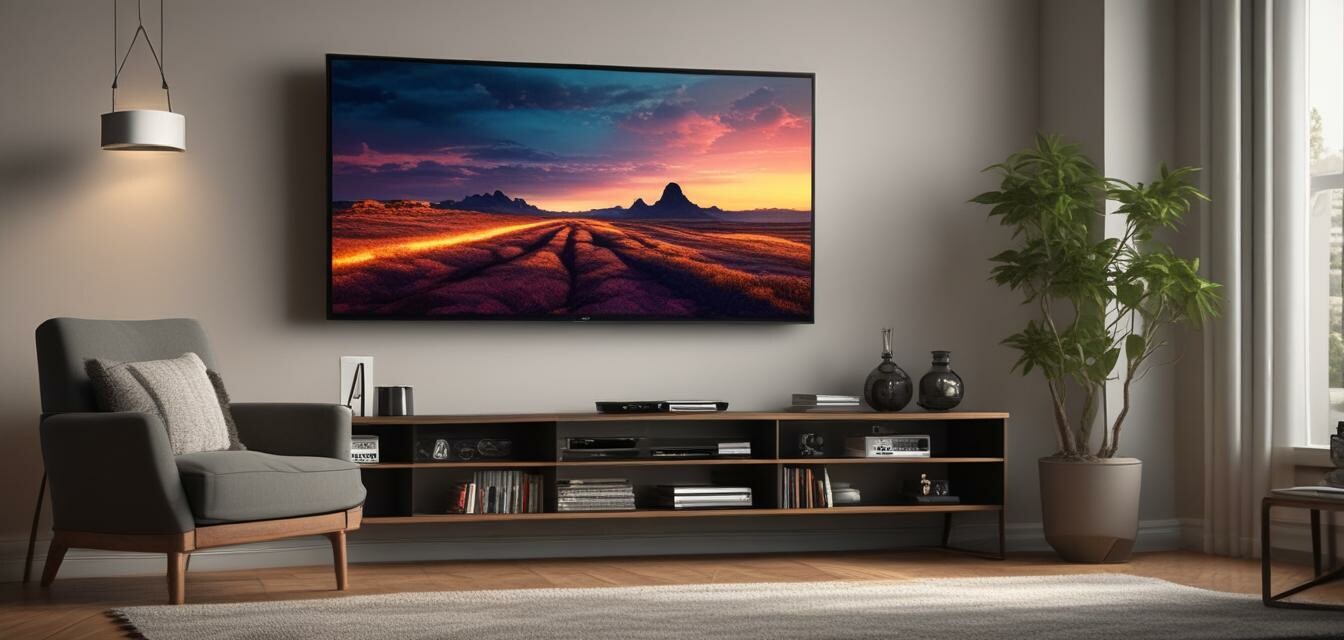
How to Optimize Your TV Settings for Different Games
Key Takeaways
- Adjust settings based on game type for the best visual performance.
- Consider factors like input lag, refresh rate, and HDR options.
- Different genres may require unique settings adjustments.
- Don't forget to utilize features like VRR for improved gameplay.
For gamers, having the right television setup is essential for an optimal gaming experience. Whether you're diving into a fast-paced action game or exploring the beautiful landscapes of an adventure title, adjusting your TV settings can significantly enhance your visual performance. In this article, we'll explore how to optimize your TV settings based on the type of games you're playing—ensuring you get the most out of your gaming sessions.
Understanding key settings for gaming TVs
To get started, it’s important to familiarize yourself with a few key settings that can optimize your TV for gaming:
| Setting | Description |
|---|---|
| Refresh Rate | The number of times the image on the screen is refreshed per second. Higher rates reduce motion blur. |
| Input Lag | The delay between a player's action and the on-screen response. Lower is generally better for competitive gaming. |
| HDR (High Dynamic Range) | Enhances contrast and color accuracy, providing a more lifelike viewing experience. |
| VRR (Variable Refresh Rate) | Synchronizes the refresh rate with the frame rate output by the console or PC for smoother performance. |
Optimizing settings per game genre
Different game genres can offer distinct visual demands. Here's how to optimize your TV settings based on the type of game you're playing:
1. Action and Shooter Games
Fast-paced games require quick responses and clarity. Focus on:
- Setting a refresh rate of 120Hz, if supported.
- Reducing input lag through Game Mode settings.
- Enabling VRR to counteract screen tearing.
2. Adventure and Role-Playing Games (RPGs)
For these visually intensive games where atmosphere matters, prioritize:
- Enabling HDR for richer colors and details.
- Adjusting brightness settings for darker scenes.
- Using a moderate refresh rate around 60Hz for smoother transitions.
3. Sports and Racing Games
These games require a balance between speed and clarity. Here’s what to adjust:
- Apply a fast response time setting to reduce motion blur.
- Maintain a refresh rate of 120Hz, if available.
- Consider VRR for consistent frame rates during fast movements.
4. Puzzle and Casual Games
While these games are generally less demanding, you can still enhance your experience by:
- Using standard refresh rates (60Hz is typically sufficient).
- Adjusting sharpness settings for clearer visuals.
- Disabling unnecessary motion smoothing features.
Additional tips for optimizing your TV settings
Tips for Beginners
- Experiment with settings to find what works best for your preferences.
- Check your game console settings in conjunction with your TV settings.
- Regularly update your TV’s firmware to access the latest features.
- Consider investing in HDMI 2.1 compatible cables to support higher refresh rates.
Conclusion
Optimizing your TV settings for different games can substantially transform your gaming experience. Remember, each genre may require unique adjustments, from enhancing clarity in fast-paced shooters to enriching immersive environments in RPGs. By taking the time to tweak your TV settings, you can ensure that you enjoy every pixel during your gameplay sessions.
Pros
- Improved visual performance tailored for each game genre.
- Enhanced gaming experience with better frame rates and clarity.
- Allows for a more immersive gaming environment.
Cons
- Inconvenient to switch settings frequently between genres.
- Not all TVs support advanced features like VRR or 120Hz refresh rates.
For more insights on gaming televisions, check out our articles on buying guides or explore the latest trends in gaming televisions. Make sure to stay updated with news in gaming technology for new features and innovations!
